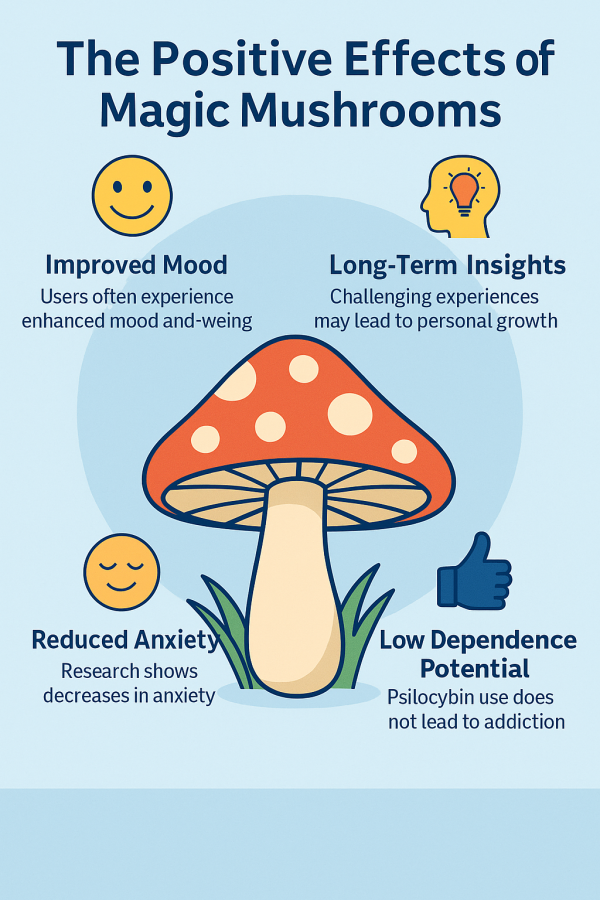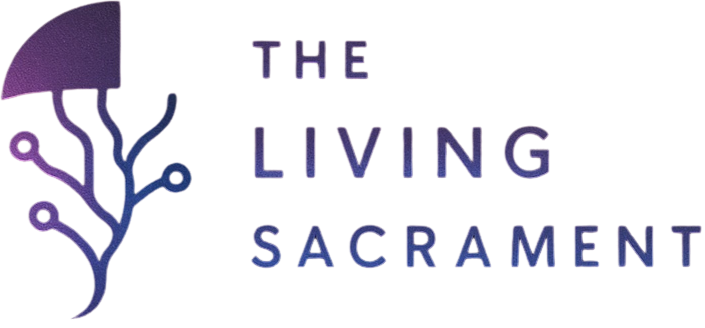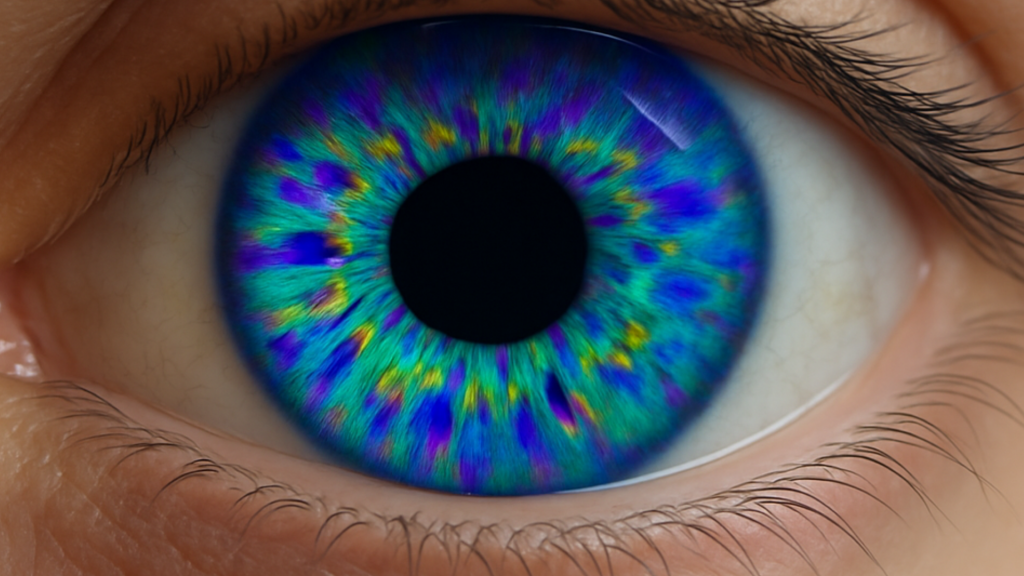Magic mushrooms, or shrooms, are best known for their psychedelic effects, but that’s not the whole story. Along with shifts in mood, visuals, and perception, psilocybin can also bring unwanted side effects. Some are mild and short-lived, while others can be intense and, in rare cases, serious. Understanding these side effects helps set realistic expectations for anyone curious about shrooms.
Physical Side Effects
Magic mushrooms affect the body as well as the mind. Some of the most common physical effects reported include:
- Nausea and vomiting: likely from compounds in mushrooms that irritate the stomach.
- Dizziness and weakness: mild physical discomforts often noted during onset.
- Shivering and chills: changes in body temperature regulation.
- Dilated pupils: a classic sign of psychedelic use.
- Increased heart rate and blood pressure: usually mild but noticeable.
These effects usually appear early in the trip and fade as the main psychedelic effects take hold. While unpleasant, they are generally not dangerous for healthy individuals.
Psychological Side Effects
The psychological side effects of shrooms can vary widely, depending on dose, mindset, and environment:
- Anxiety and panic: one of the most commonly reported negatives.
- Paranoia: feeling watched or convinced something is wrong.
- Confusion and disorientation: difficulty tracking time, place, or even self-identity.
- Distorted perception of reality: which can be thrilling for some but overwhelming for others.
In surveys, about a third of users reported significant anxiety or paranoia during a trip. These effects highlight why “set and setting” (mindset and environment) are so important.
Bad Trips and Acute Reactions
A “bad trip” is essentially a cluster of intense psychological side effects. Symptoms can include severe fear, frightening hallucinations, or feelings of losing control. In rare cases, people have required medical help for acute psychotic episodes or dangerous behavior triggered by panic.
Most bad trips eventually pass without lasting harm, but in the moment they can feel overwhelming and frightening.
Longer-Term Effects
For most people, side effects stop once psilocybin clears from the system. Still, research shows a few possible lingering effects:
- Flashbacks: sudden, brief returns of visual distortions long after use. This is also called hallucinogen persisting perception disorder (HPPD).
- Exacerbation of mental health conditions: people with underlying psychiatric disorders may experience worsening of symptoms.
These effects are rare but important to acknowledge. Most users do not experience lasting negative outcomes, but vulnerability differs from person to person.
Dependence Potential
Unlike many other substances, shrooms have a low risk of dependence. Tolerance develops quickly, meaning repeated use over consecutive days leads to diminished effects. Withdrawal symptoms are not typical, and cravings are rare. Scientists conclude that psilocybin does not appear to cause physical or psychological addiction.
Balancing Benefits and Risks
While shrooms can cause uncomfortable side effects, many users also report positive outcomes, even from challenging experiences. Surveys show that difficult trips often lead to long-term personal insights once the immediate distress has passed.
The key takeaway is that side effects are real and sometimes intense, but they are usually temporary. Understanding them, and preparing with safe surroundings and supportive company, reduces the risk of a negative outcome.

Final Thoughts
Shrooms are powerful tools that affect both mind and body. Side effects can range from nausea and anxiety to, in rare cases, more serious psychological reactions. Science shows that dependence is unlikely, but personal vulnerability matters. Knowing the possible side effects is the best way to stay informed and approach mushrooms with respect.
Sources
- Van Amsterdam J. et al. Harm Potential Of Magic Mushroom Use: A Review. Regulatory Toxicology and Pharmacology. 2011.

